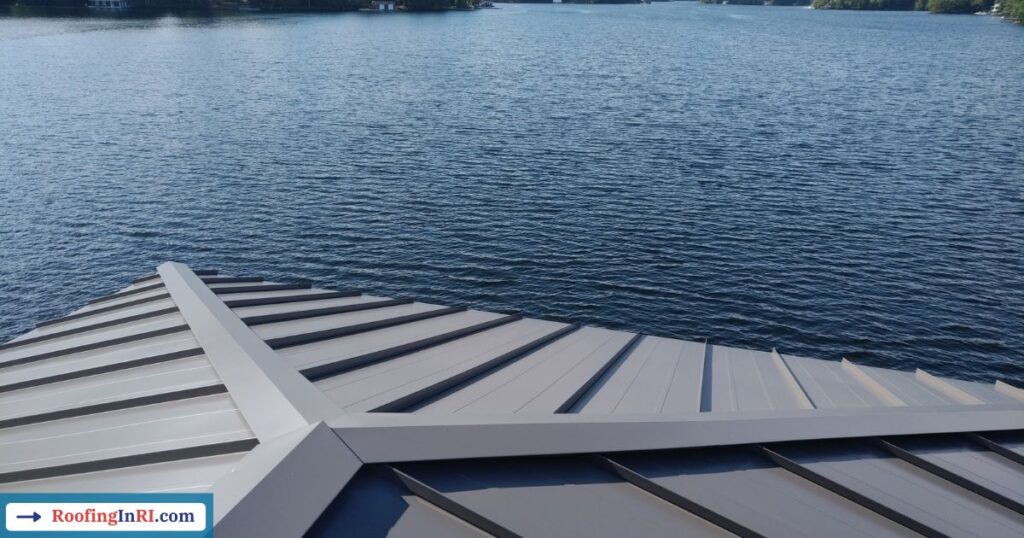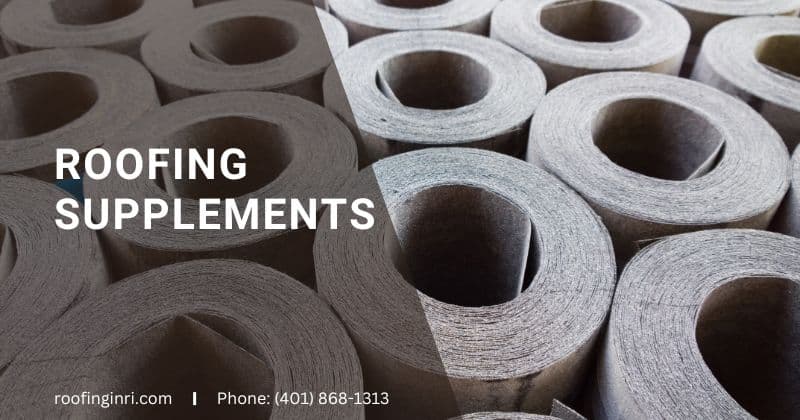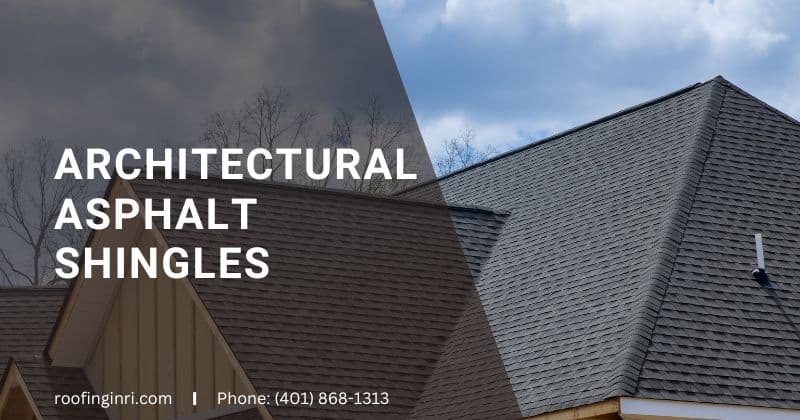Metal roofing is a durable, long-lasting, and energy-efficient choice for homeowners. However, common installation errors can decrease its benefits. Whether you’re a contractor or a DIY enthusiast, avoiding these pitfalls is crucial for ensuring the roof performs as intended.
Below, I explained the most common metal roof installation mistakes and how to prevent them.
Incorrect fastener placement
Improper placement of fasteners can cause leaks, reduced structural integrity, and premature wear. Over-tightened screws can damage washers, while under-tightened ones leave gaps for water intrusion.
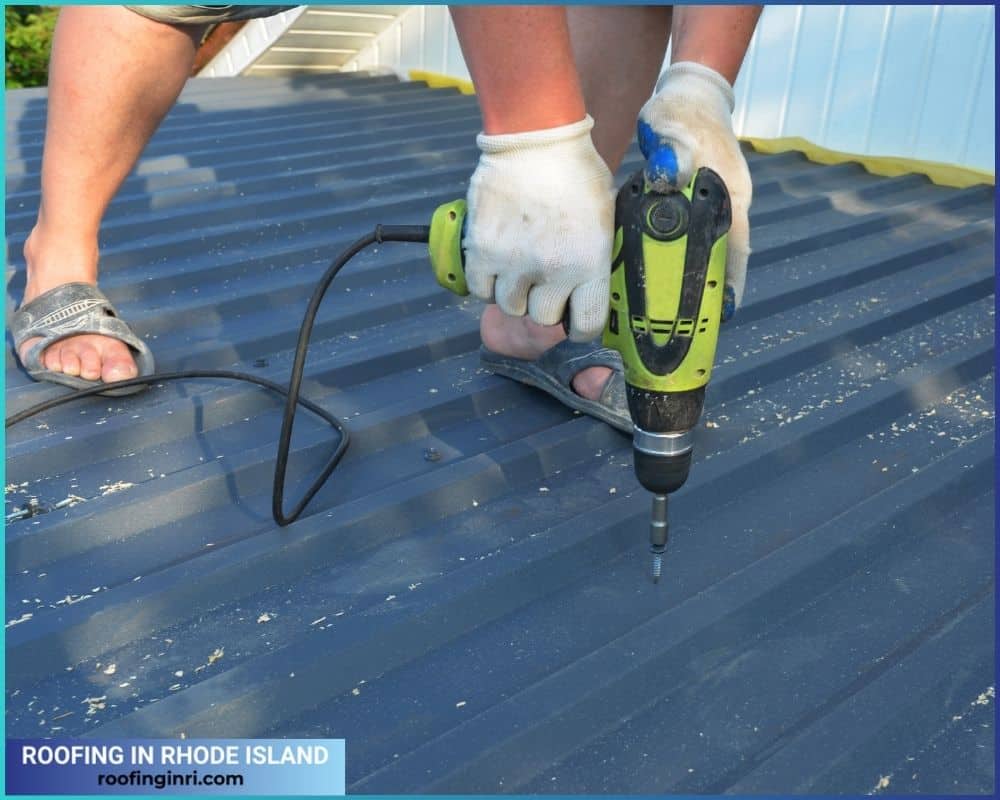
Fasteners should be placed per manufacturer guidelines, typically on the panel’s flat and aligned with the roof’s structural supports. Use the correct tools to apply consistent torque and check for tightness after installation.
Read the benefits of metal roofs.
Skipping underlayment installation
Underlayment is essential for waterproofing and providing an extra layer of protection. Skipping it can lead to leaks and reduced insulation.
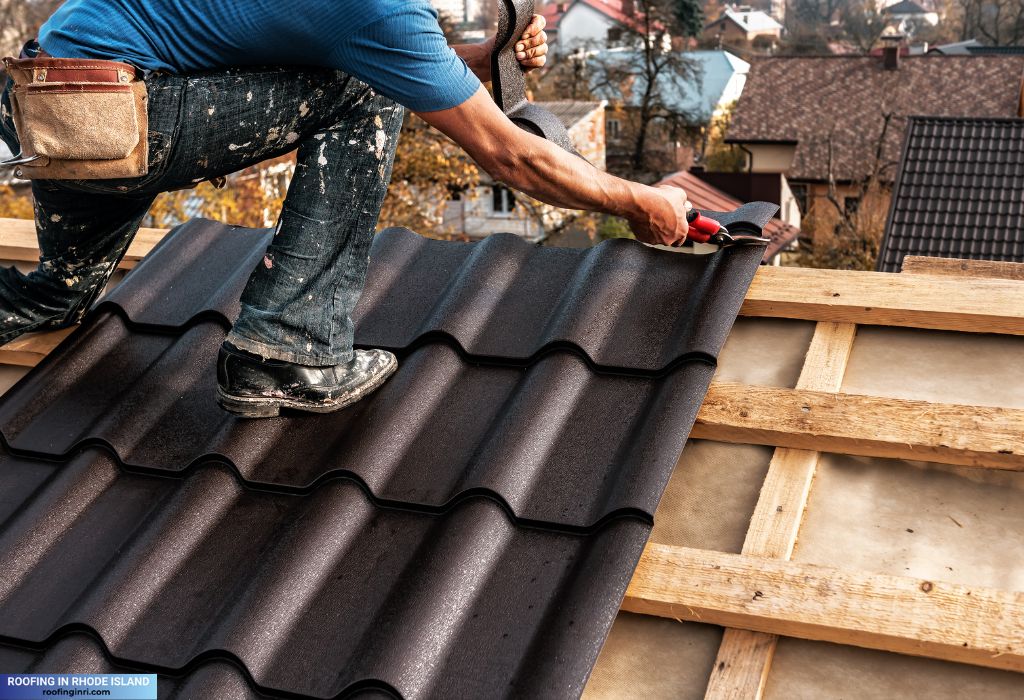
Always install an appropriate underlayment, such as synthetic materials or felt paper, before laying the metal panels. Ensure it covers the entire roof deck and overlaps correctly at the seams.
Poor panel alignment
Misaligned panels create gaps, uneven seams, and aesthetic issues. Over time, this can lead to water penetration and increased wear on the roof system.
Start with a straight and square reference point, such as a chalk line, to ensure the panels are aligned correctly. Check alignment periodically during installation to catch mistakes early.
Read the reasons why you should not install metal roofs over shingles.
Ignoring thermal expansion and contraction
The metal expands and contracts with temperature changes. Failing to account for this movement can lead to buckling, fastener loosening, or warped panels.
Use clips or floating fasteners to allow the panels to expand and contract freely. As the manufacturer recommends, leave adequate gaps at the ends of the panels.
Read your options when you need a new roof but can’t afford it.
Improper flashing installation
Flashing is critical for preventing water from entering vulnerable areas, such as roof valleys, vents, and chimneys. Incorrectly installed flashing can lead to leaks and structural damage.
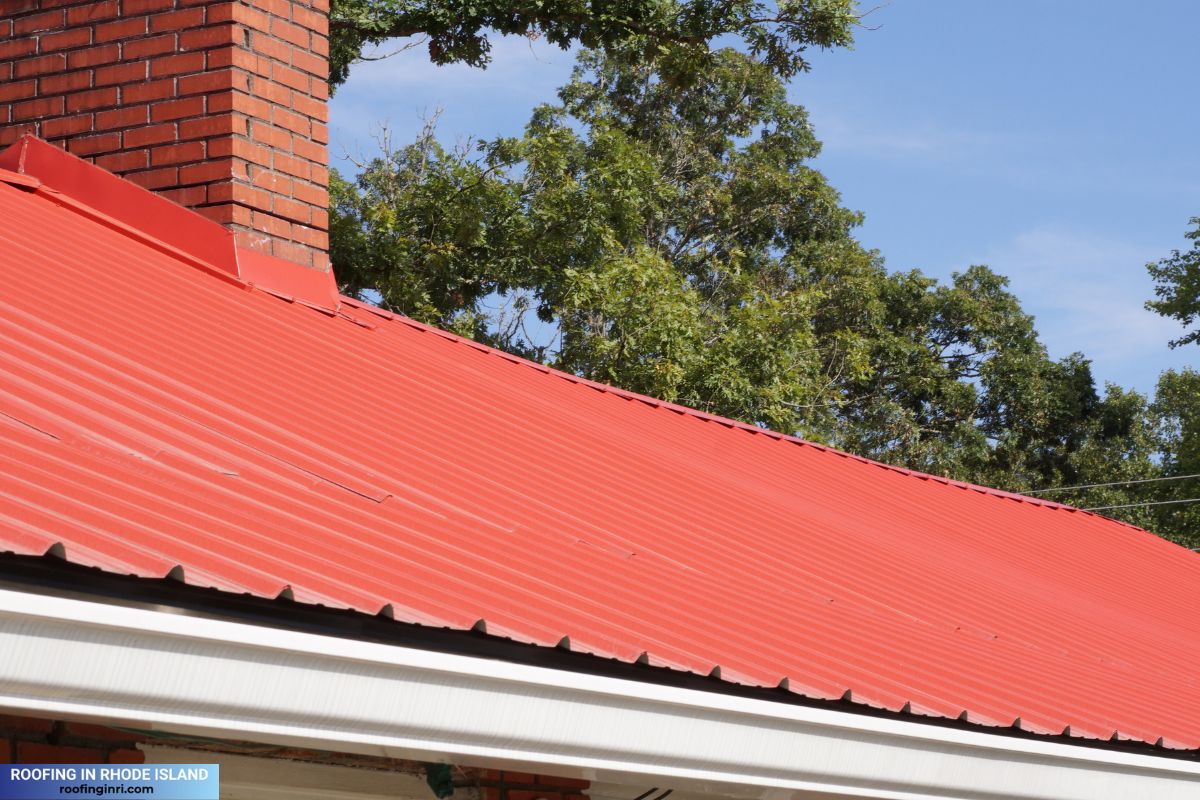
Install flashing according to manufacturer specifications and ensure it overlaps properly with the roofing material. Use a sealant to fill gaps and double-check areas prone to water pooling.
See how to repair roof flashing?
Cutting panels incorrectly
Using the wrong tools or cutting techniques can damage the metal panels, leading to corrosion, poor fit, or weakened edges.
Use snips or a power shear specifically designed for metal panels. Avoid abrasive tools like angle grinders, as they can remove protective coatings and leave jagged edges that invite rust.
Neglecting ventilation requirements
Improper ventilation can trap heat and moisture, leading to mold, rot, and reduced energy efficiency. This can also shorten the lifespan of the roof.
Incorporate ridge vents, soffit vents, or other ventilation systems during installation. Ensure there is a clear path for airflow from the eaves to the ridge to regulate temperature and moisture levels.
Active and passive ventilation – which one is the best for your roof?
Using incorrect sealants
Not all sealants are compatible with metal roofing. Using the wrong type can lead to adhesion failure, allowing water to seep into joints or seams.
Choose sealants specifically designed for metal roofs, such as butyl or polyurethane sealants, and apply them according to the manufacturer’s recommendations.
Read the metal roofing myths.
Failing to protect metal panels during installation
Scratching or denting panels during installation can remove protective coatings, exposing the metal to rust and weakening the structural integrity.
Handle panels carefully, wear gloves to prevent scratches, and avoid walking directly on the panels unless necessary. Use protective padding on ladders or tools that come into contact with the metal.
Overlapping panels incorrectly
Improper overlaps can allow wind-driven rain or snow to penetrate, causing leaks and water damage.
Ensure panels are overlapped correctly based on the roof’s slope and manufacturer specifications. Always use the proper fasteners to secure the overlaps tightly.
Read also: How do you get roof replacements from your insurance company?
Not accounting for roof slope
Metal roofing systems are designed for specific slope ranges. Installing the wrong system for your roof’s pitch can lead to poor water runoff and leaks.
Verify that the selected roofing material and system suit the roof’s pitch. Low-slope roofs may require standing seam systems, while steeper pitches can handle exposed fastener systems.
Skipping gutter and drainage considerations
Improper drainage can cause water to pool at the roof’s edges, leading to corrosion or damage over time.
Ensure gutters and downspouts are appropriately positioned and sized to handle the roof’s water runoff.
Read the role of gutter systems in protecting your roof.
How to ensure a flawless metal roof installation
- Follow manufacturer guidelines: Adhere to the installation instructions for the roofing material.
- Hire experienced contractors: If you’re unsure about tackling the project yourself, hire a roofing contractor experienced in metal roofs.
- Inspect materials before installation: Check for damaged or defective panels and fasteners before starting.
- Conduct regular maintenance: Even a properly installed roof requires maintenance to keep it in top shape.
A well-installed metal roof can last decades, offering exceptional durability and style. However, avoiding these common installation mistakes is essential for maximizing its performance and longevity.
If you plan a metal roof installation in Rhode Island, contact us for expert guidance and professional service.
Best metal roofs for residential properties.
The recommended overhang for metal roofing is typically between 1 to 1.5 inches at the eaves (the lower edge of the roof) and 2 to 3 inches at the gable ends (the sides of the roof). This overhang helps with water runoff and prevents moisture from getting under the roofing panels.
However, the exact overhang may vary depending on factors such as the roof pitch, climate, and local building codes. It’s always best to consult a professional roofer to ensure proper overhang for your specific roof design.
Furring strips are often installed under metal roofing for several important reasons:
Improved ventilation: Furring strips create an air gap between the metal roofing and the roof deck, allowing air to flow freely. This ventilation helps reduce heat buildup in the attic, preventing moisture accumulation and improving the home’s overall energy efficiency.
Enhanced roof stability: Furring strips provide additional support for the metal panels, helping to distribute weight and reduce the risk of warping or buckling over time.
Preventing condensation: The air gap created by furring strips helps to prevent condensation from forming underneath the metal roofing, which can lead to rust or mold.
Noise Reduction: The gap created by furring strips can help reduce the noise of rain or hail hitting the metal roof.

